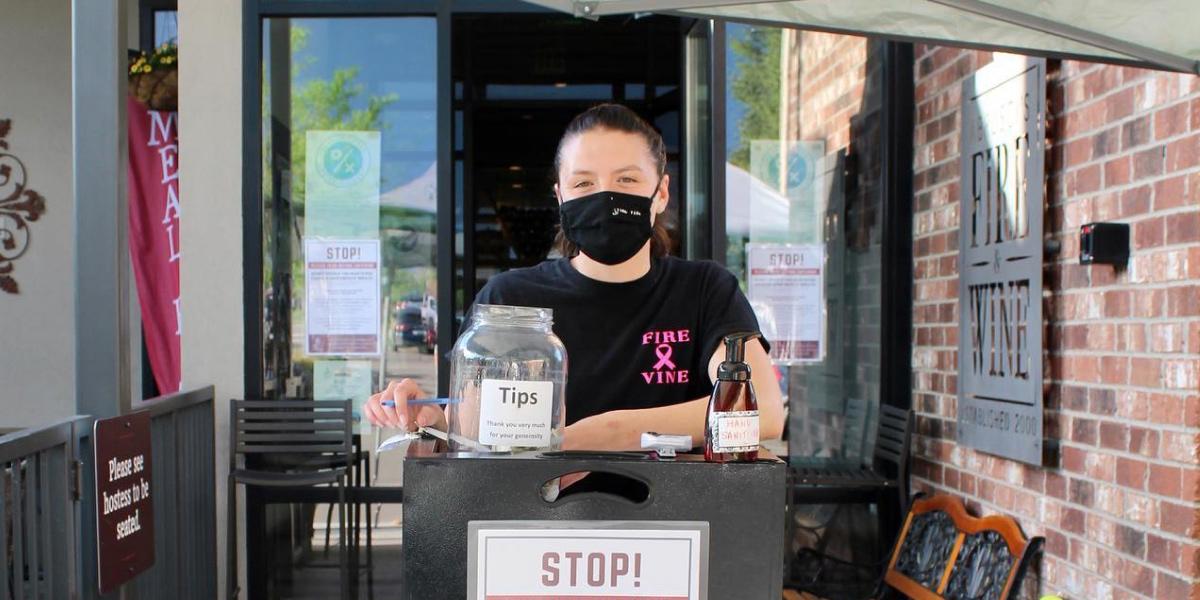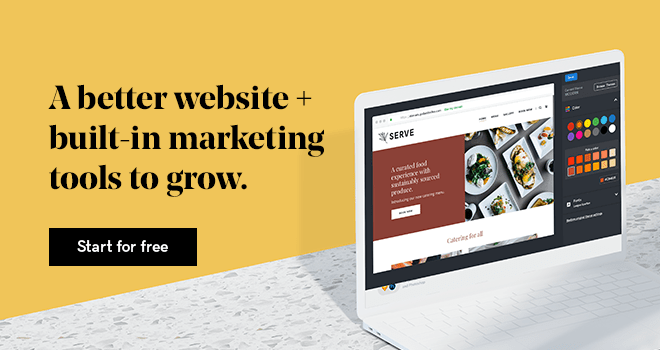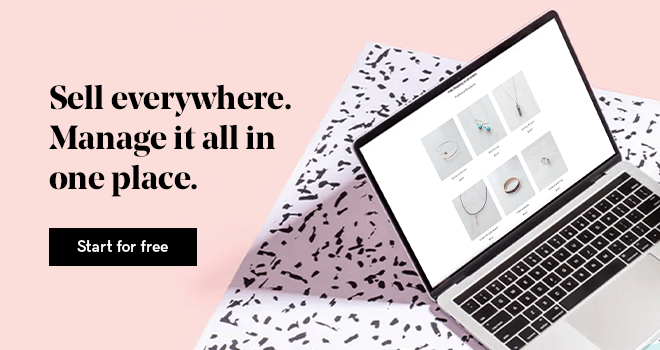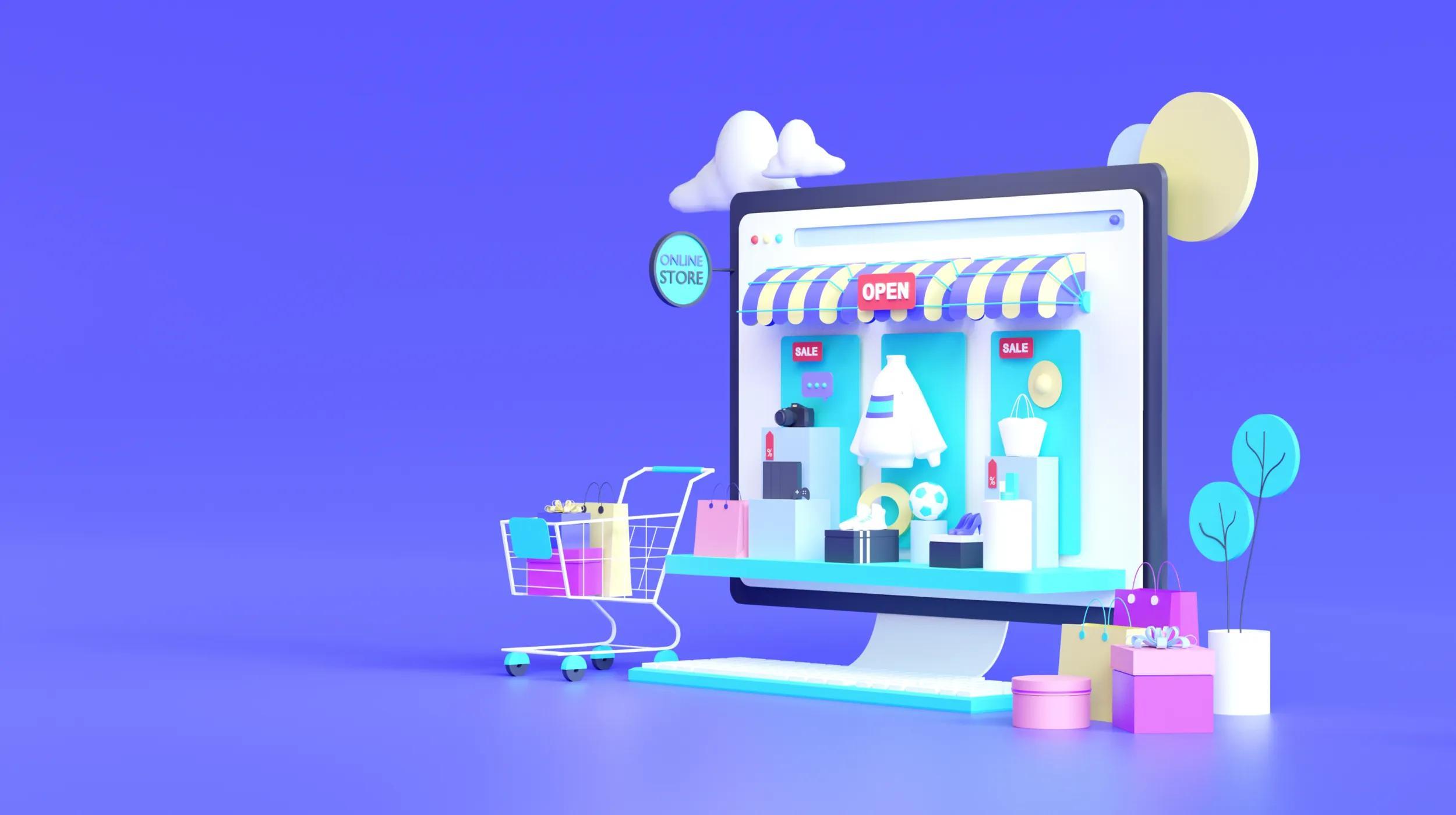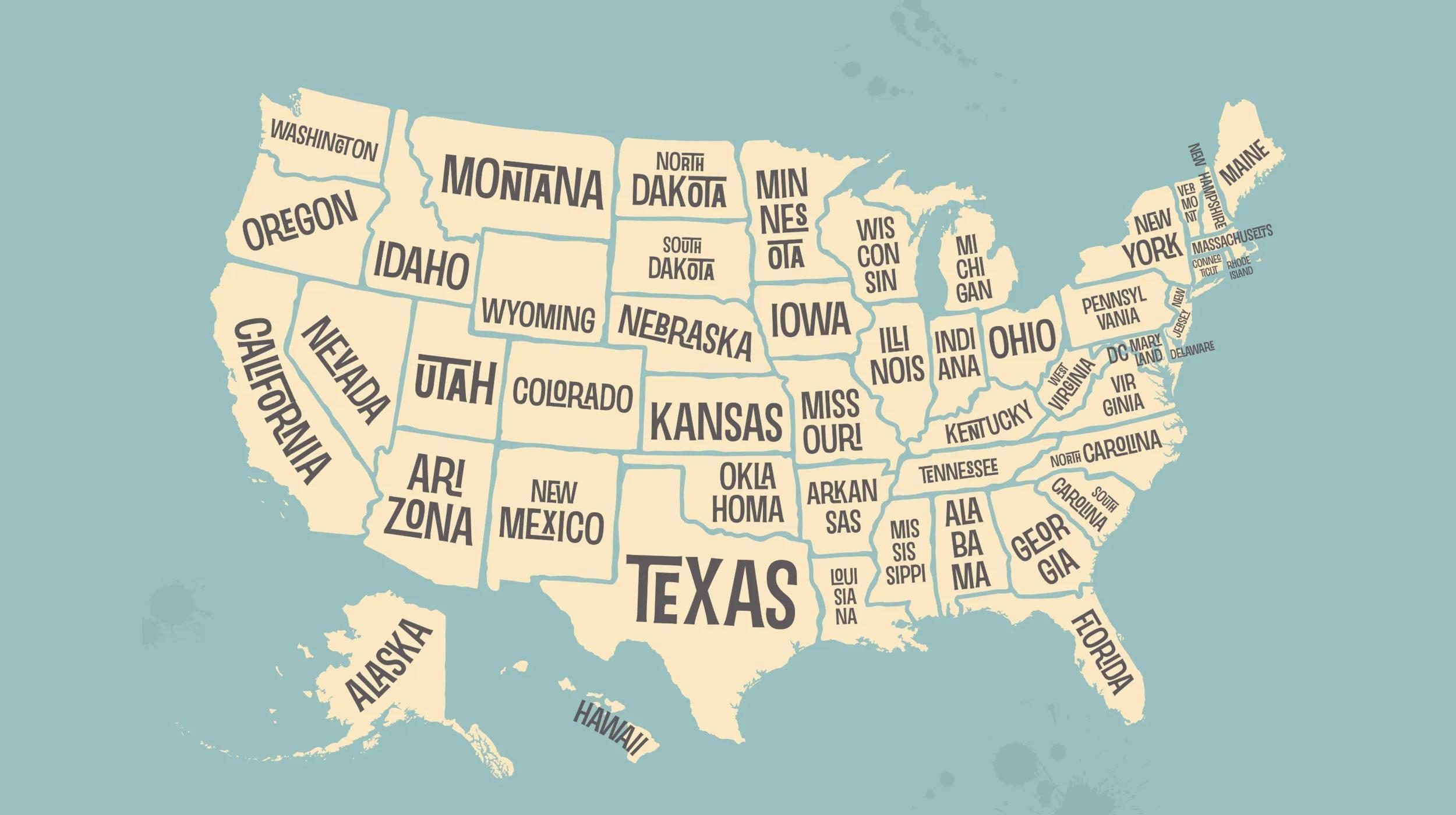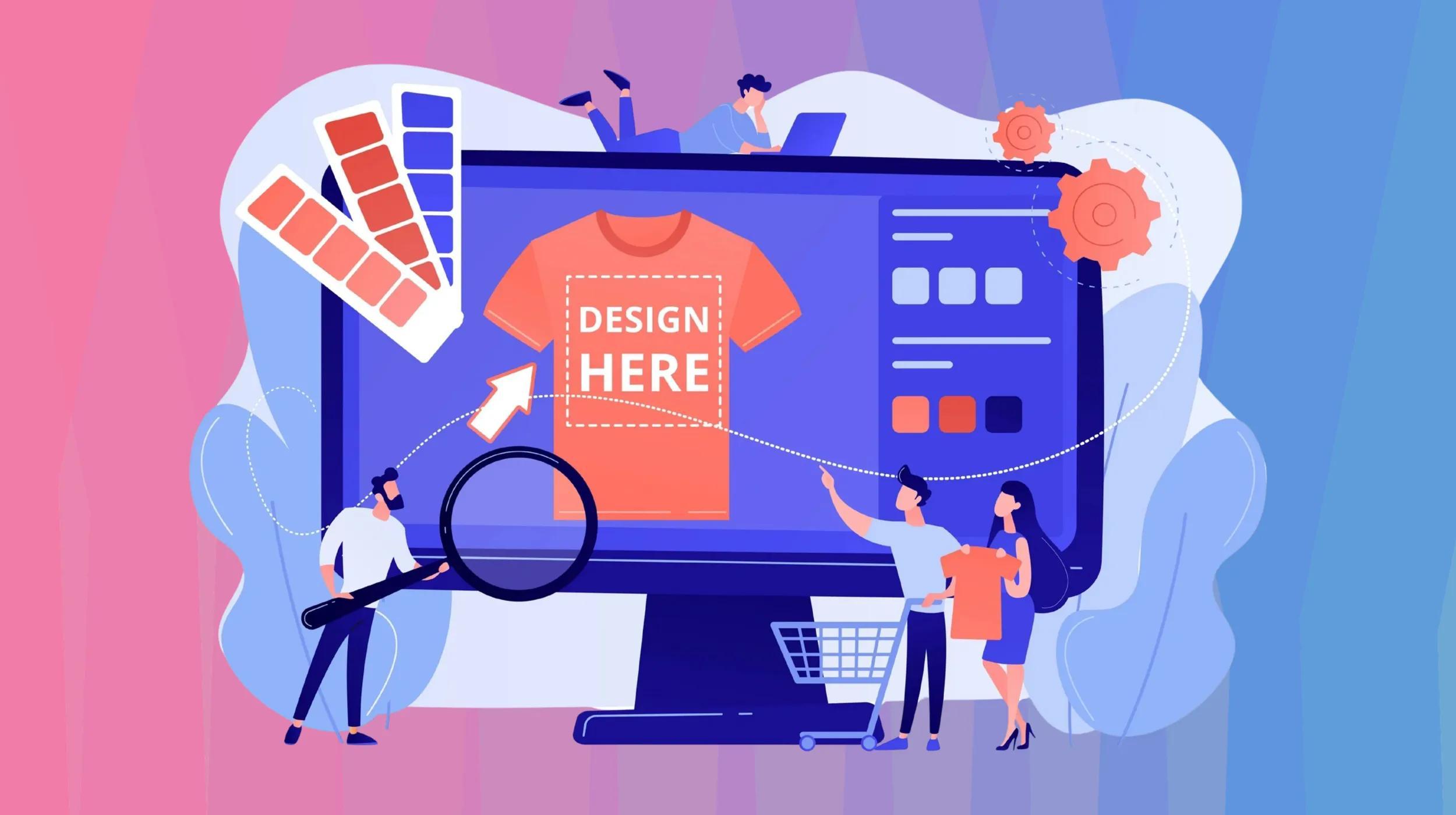Theresa Delaney started her events business, Creative Kind, as a way to bring people together for a few hours of DIY arts and crafts. She loved the in-person experience and never wanted to be an internet entrepreneur. But since the COVID-19 crisis forced her to close her doors in Tucson, Arizona for a few months, she’s been on a forced march to the web. And that has saved her business.
Today, she and her business partner, Hilari Ross, offer Zoom-based versions of their workshops, on topics such as apron painting and macrame. They’ve also opened an improved online store to sell the 5,000 or so products they stock from local artists, including things like greeting cards, notebooks and puzzles, each of which they photograph and then upload to their site.
"It was definitely a big to-do to move everything online. But we’re very adaptable people. We’re going to be okay," says Ross.
Many micro-businesses are now saying the same. In July, GoDaddy surveyed more than 2,300 of its customers and found that while 25% said they had shut down in the first weeks of the pandemic, only 2% remained shuttered as of July.
“Honestly, I was surprised that more of them didn’t close permanently,” says Karen Mossberger, a public policy professor at the University of Arizona who has studied the survey results.
The survey is just one part of a much larger, multiyear research project called Venture Forward, which looks at the economic impact of the 20 million websites with domain names registered with GoDaddy. Three-quarters of these ventures are commerce-driven micro-businesses. The rest are community, civic or hobby-based sites.
“It’s clear from the data,” says Mossberger, who is part of the Venture Forward research project, “that there were a number of ways that ventures benefitted from shifting to online.”

It’s not just micro-businesses that are making the most of the changes. When these businesses thrive, communities benefit too.
In fact, GoDaddy’s Venture Forward data establishes that the more ventures a county or city has per 100 residents, the higher the median income and the lower the unemployment. Communities with high “venture density” also recovered better from the Great Recession of 2008.
Of course, it hasn’t been an easy transition. According to the July GoDaddy survey, 34% of micro-businesses saw a decrease in revenue. And nearly 12% of businesses that had employees were forced to lay off or furlough workers.
Still, the GoDaddy data shows that the move to digital may have limited the damage.
In the July survey, 66% percent of respondents said they had benefited from their websites in one of three ways: by shifting sales from brick-and-mortar to online; by enabling them to communicate with customers and employees who would otherwise have been hard or impossible to reach; and by expanding their marketing efforts to a wider base of potential customers.
Take Creative Kind. Online sales have increased from 11% of total revenues a year ago to more than 60%, even though the shop reopened in June. Ross says she and her partner are gearing up for a strong holiday season, in part because they can now sell anywhere in the U.S. Their hottest new sellers include “build-your-own” gift boxes that can be assembled online and “Mystery Care Kits,” in which Ross selects a grab bag of items based on a recipient’s various interests, say, in puppies, wine or gardening.
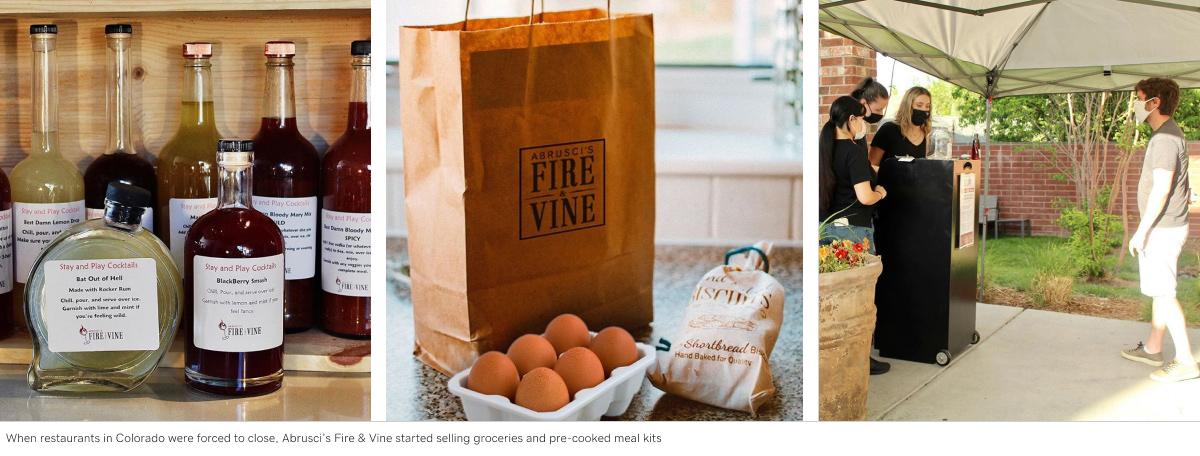
Such adaptability has become a byword for these everyday entrepreneurs.
“What makes micro-businesses unique is how flexible they are, and how they can find a new niche and fill it very quickly,” says Scott LaCombe, a professor at Smith College who worked with the Venture Forward data as a graduate student at the University of Iowa. “They’ve used the internet to reach out to their communities, and keep local economies going despite the craziness.”
Search the Venture Forward dataset
Creative micro-businesses displayed agility in meeting the pandemic’s shifting consumer demands.
For instance, in mid-March, Marvin Williams, the manager of Abrusci’s Fire & Vine, a restaurant in Lakewood, Colorado, was forced to lay off 80% of his staff when the state ordered all non-essential businesses to close.
But two days later, with local grocery shelves under-stocked, Abrusci’s responded to customer needs by adding staples like eggs, flour and milk to its online to-go menu. Later, the restaurant added meal kits that people could heat at home and to-go cocktails, and it opened a food truck called Pablito’s Burritos.
Sales have since recovered to 90% of last year, and Williams has rehired all of his laid-off workers and even added 20% more to handle the new mix of business.
“Our labor costs are higher now,” he says. “But we’ll come out of this much stronger, because we were there for the community and the community was there for us.”
Other entrepreneurs are using the internet as part of their own personal responses to the pandemic.
For the last two years, Kenzie Wacknov has sculpted and painted animal skulls she finds near her home in Fairfield, Iowa, transforming them into unique pieces of art. While she’s kept her job running social media at her 3-year-old son’s preschool, the single mom has decided to make Bone Lace Skulls a full-time business.
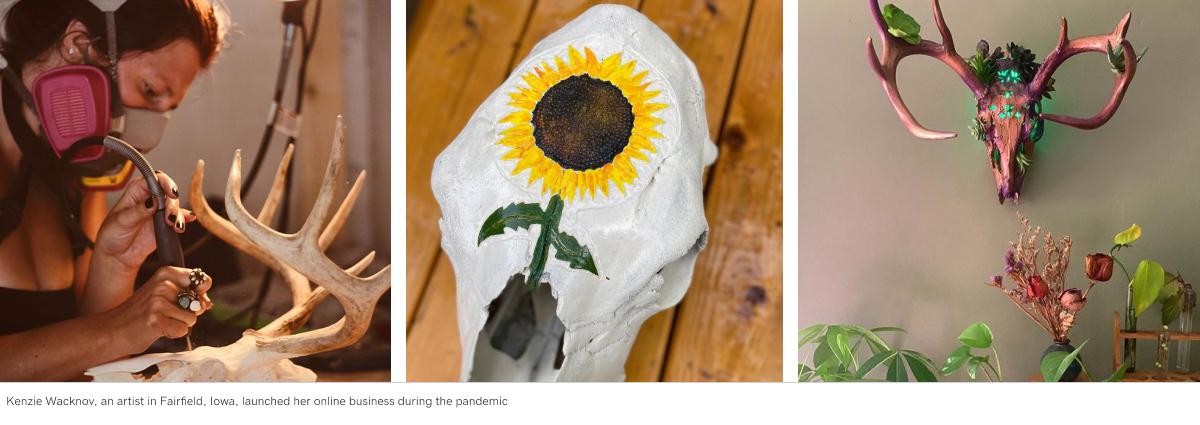
“I think people are looking at art as a way to find more meaning in life,” says Wacknov. “And making art is what feeds my soul, as well.”
She’s sold 10 pieces to area residents since the pandemic started, and is now upgrading her website so she can sell to people in Arizona, California and elsewhere who have seen her work on Instagram and other digital channels. “I haven’t quite figured out how to support us yet with my art, but I will.”
Related: How tiny Fairfield, Iowa, became a micro-business capital
Despite the ongoing economic uncertainty, micro-business owner optimism is clear in the survey data.
Although only 6% of micro-businesses report an increase in revenue since the pandemic began, the majority of micro-business owners are planning on better things ahead:
- 62% expect business conditions for their company to improve in the third quarter.
- More than half (53%) plan to work more hours in the third quarter than they did in the second quarter.
- 48% say their venture is their primary employment and 23% want to turn what’s now a side hustle into a full-time job or main source of income.
For many of these micro-business owners, their ongoing optimism is not based on the hope of a return to the old ways of doing businesses, but rather in mastering new digital strategies.
For example, when Ross of Creative Kind saw that her Zoom workshops were not keeping customers’ attention (they were often quiet and not participating), she looked for alternative ways to create engaging content online. One thing she’s exploring: providing prerecorded video classes, which she hopes will draw more viewers than the Zoom meetings and earn more money.
Of course, this new offering requires new multimedia skills. So she now spends hours a week trying to improve. “I guess I have to learn video editing,” she says.
